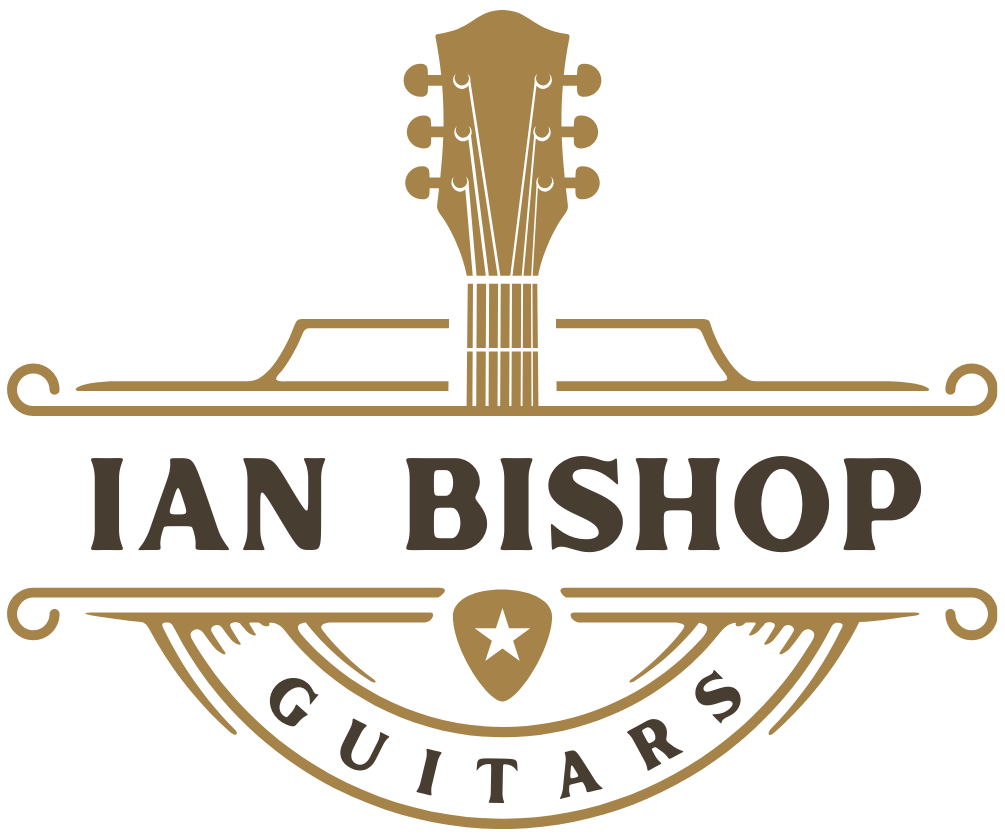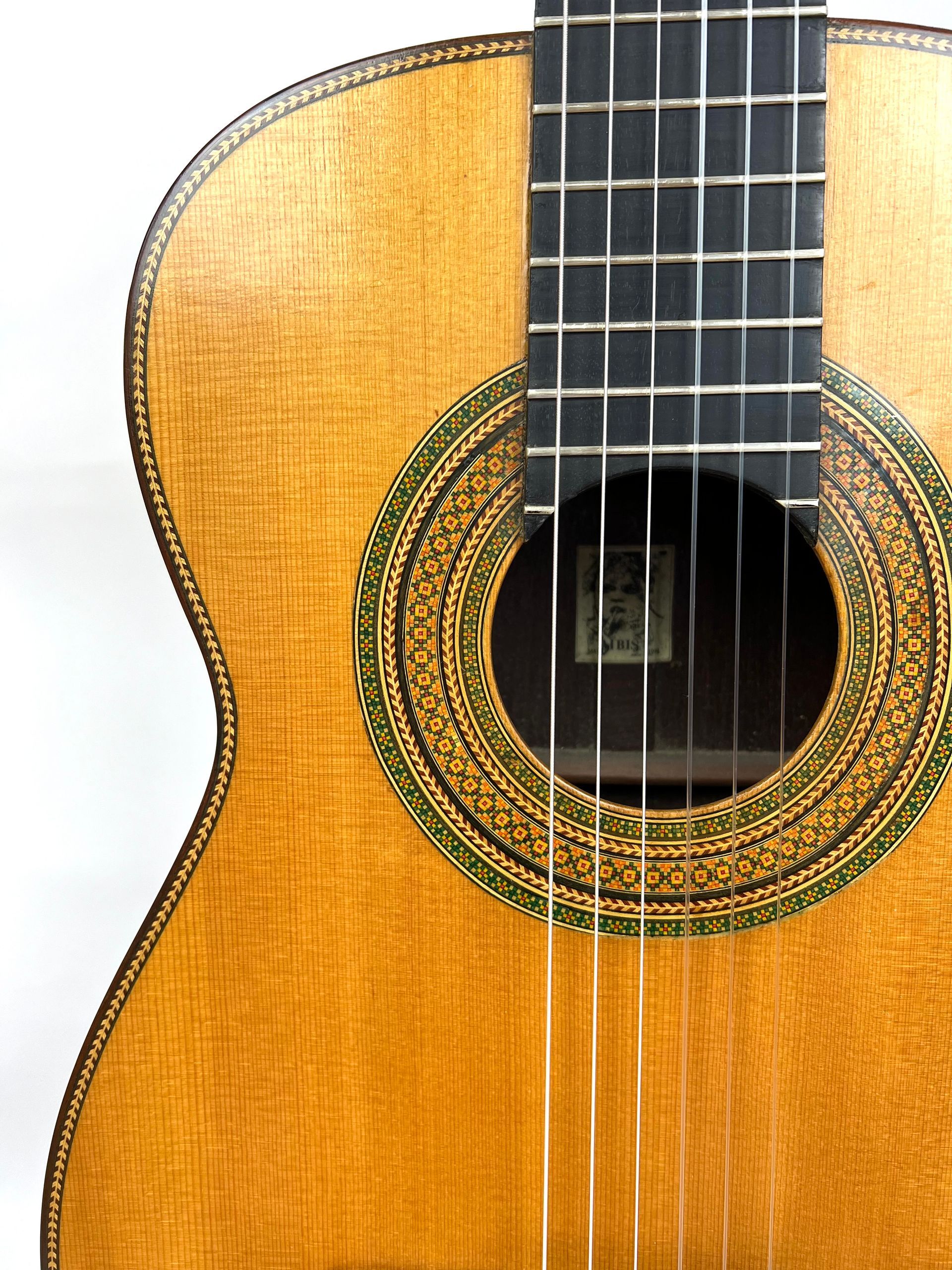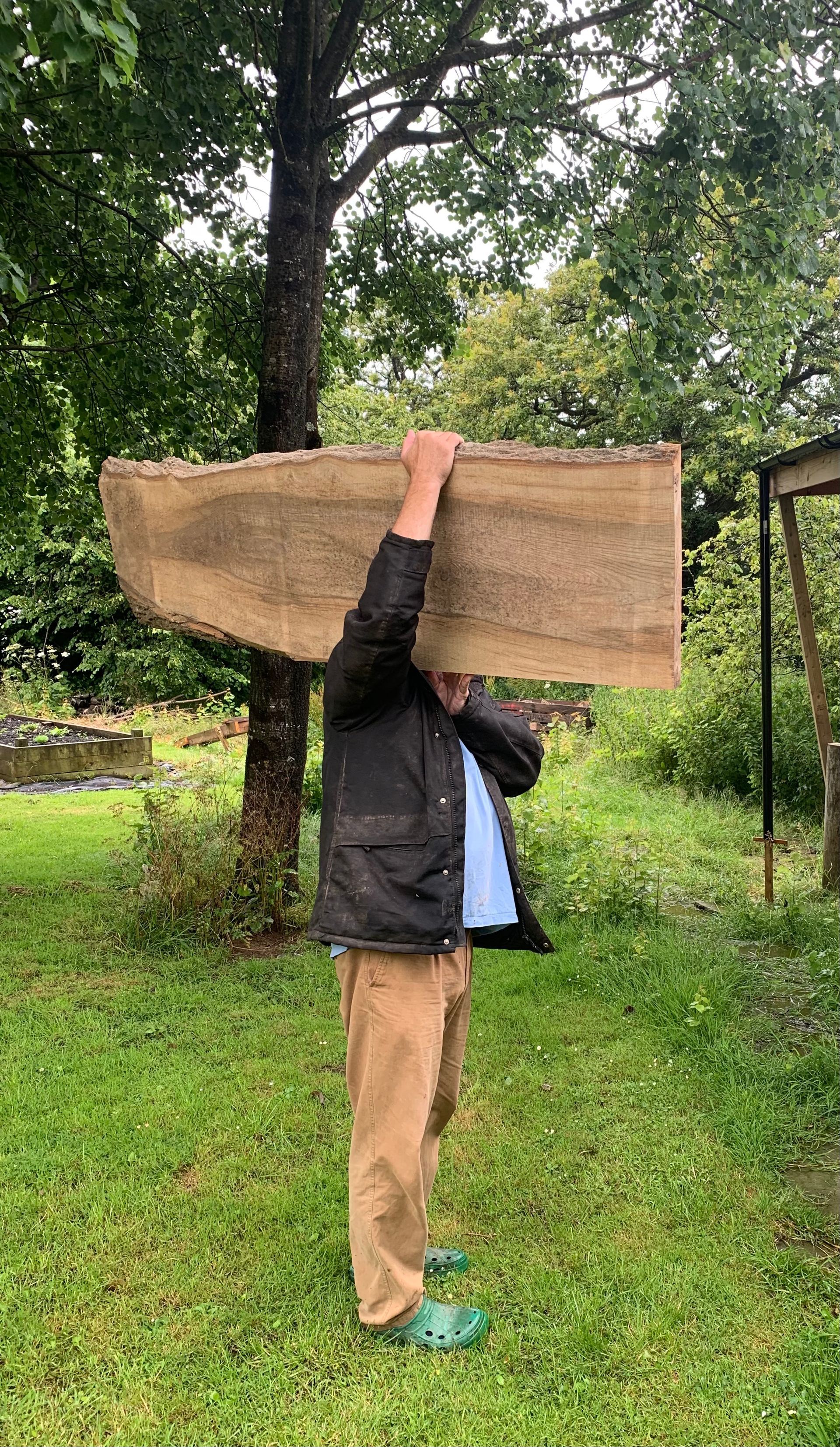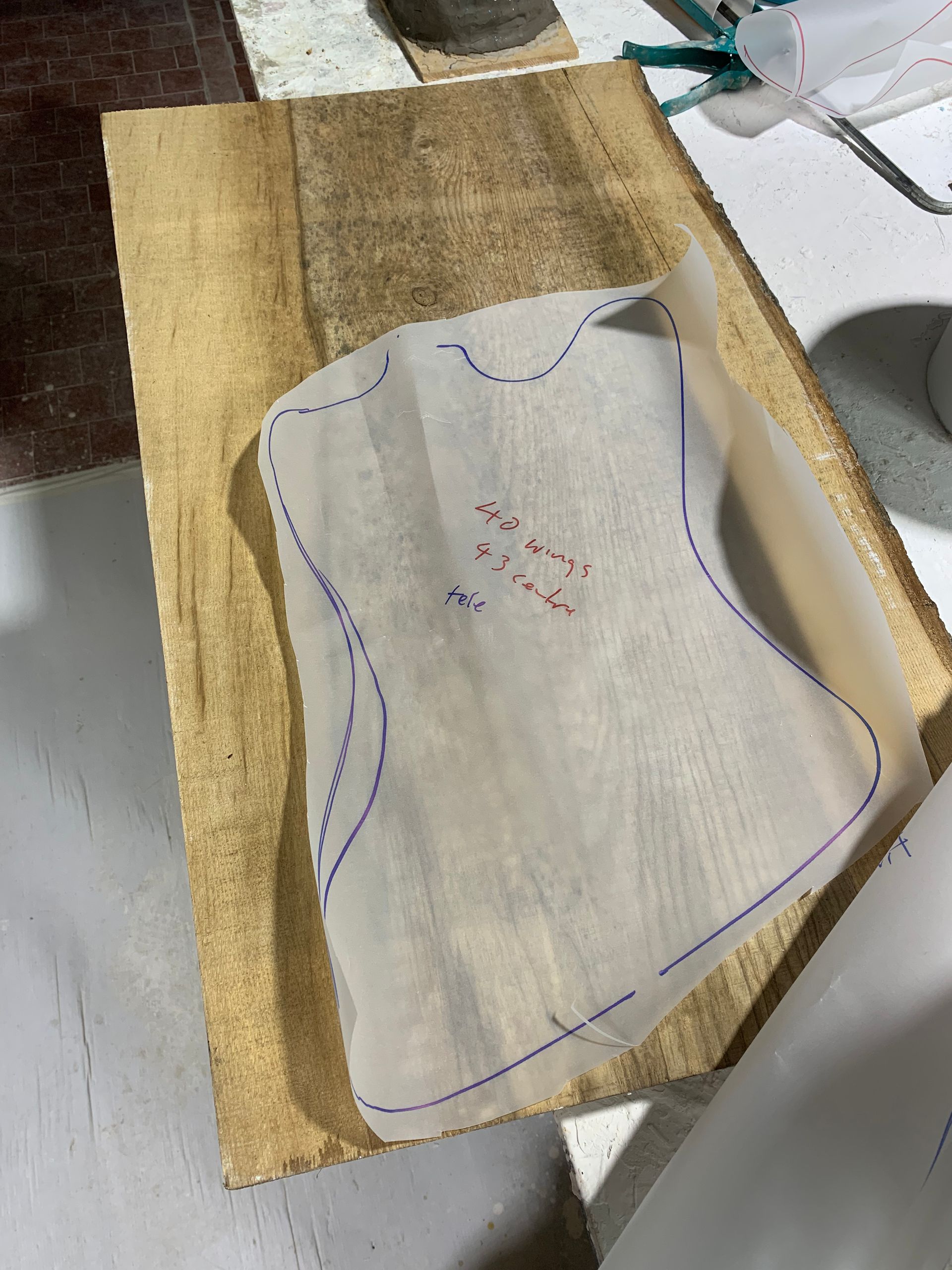My Story
I have always loved guitars both acoustic and electric and for a while now Ive been putting together and making instruments for fun. I don’t consider myself a Luthier as I have so much respect for those professionals who have spent years honing their skills to a point where they can extract the best sound with the most exquisite craftsmanship and I find timber one of the most challenging materials to work with. My journey is one of a keen amateur who makes loads of mistakes but is always surprised and delighted when an instrument comes to life and does most of the thing it's supposed to. I am and come from as a friend once pointed out, much more from the “wet trades” side of things.
Me and guitars
I was taught classical guitar as a boy and have always been grateful to my parents for all those lessons and giving me a life-long love of music and the instrument.
As a teenager I was torn between studying instrument making or design and sculpture and having decided on the latter my interest in making guitars was put on hold until the early nineties when I took a course at the former London college of Furniture in Modern Stringed Instruments. Much earlier attempts to combine sculpture and guitar culminated in some rather embarrassing “Guitar Hermaphrodites” sculptures full of contorted necks, breast etc which are best left in the box labeled 'adolescent naivety' and forgotten.
The London course was great, and armed with that and what was the definitive book on guitar building at the time …Guitarmaking: Tradition and Technology by William Cumpiano and John Natelson… I made a reasonable copy of a 1859 Torres Parlour guitar, I'm playing it in the video with my dear brother Mike a fellow guitar tinker and musician www.instagram.com/michaelsbishopmusic.
I finished the course way before the guitar was finished as I froze in fear when a colleague turned his beautiful birds-eye maple guitar instrument bright orange with the wrong dye mix; the lesson that some decisions were irreversible slowed my own build process down by at least a couple of years.
Torres Parlour guitar 1859 copy
ButtonWith my “proper job” having access to tools and studio I have returned to this old love. Like a lot of hobbies it started innocently enough with some self build kits and then to more serious projects, At the moment it's just the bodies I'm making, the necks are bought in, the only scratch built neck is on the classical Torres a “slipper heel” but I'm sure in time the necks will come as I'm getting to know profiles and shapes.
https://www.ianbishopdesign.co.uk
Ashs not to ashes
The move from kits to scratch built bodies came from a trip to Wales where a dear farmer friend Bruce gave me some beautiful planks of Ash sadly felled because of Ash die-back. The idea of up cycling this was exciting and ended up with a couple of punchy sounding thin one-piece bodied guitars
The Mahogany lift room, going up..
The next source of timber which I'm still happily using was from a lift maintenance room which was stripped out of a London hotel in the 80s. These solid planks probably from the 60s were 4 x 36 x 50cm twenty-six of them for £250 which I think was a bargain. I now keep my eyes open for more opportunities to recycle.
One of 24 reclaimed mahogany pieces from a London Hotel
Button
Shapes and sizes
I have always been drawn to asymmetric electric guitars, probably the most famous of these being the Firebird designed by automotive designer Ray Dietrich with its automotive fins and odd reverse shape, but really anything like the Firebird that wants to fall over when stood against a wall floats my boat; one of the reasons finding a Firebird without a neck break is quite rare. Non reverse Firebirds are also a favourite and not so inclined to self destruction. I think I like shapes that you have to work a bit to resolve visually and possible not quite get there but you keep coming back to.
Scale lengths
Scale lengths are the distance between the nut part at the top of the guitar and the saddle where the string finishes it's length at the body. 25 inches is pretty standard for Fender and 24 and 3/4inches for Gibson, quite a few of my builds use a shorter 24in length making the instrument quite compact and easy to manage, I also try and keep my guitars lightweight and balance properly which is good for comfort. I like flatfish finger boards with 12 radius and have been experimented with totally flat boards on my “mule” guitar which I use for experiments.
Thanks for looking.
Some links to inspirational makers
www.instagram.com/the_agreement_band




